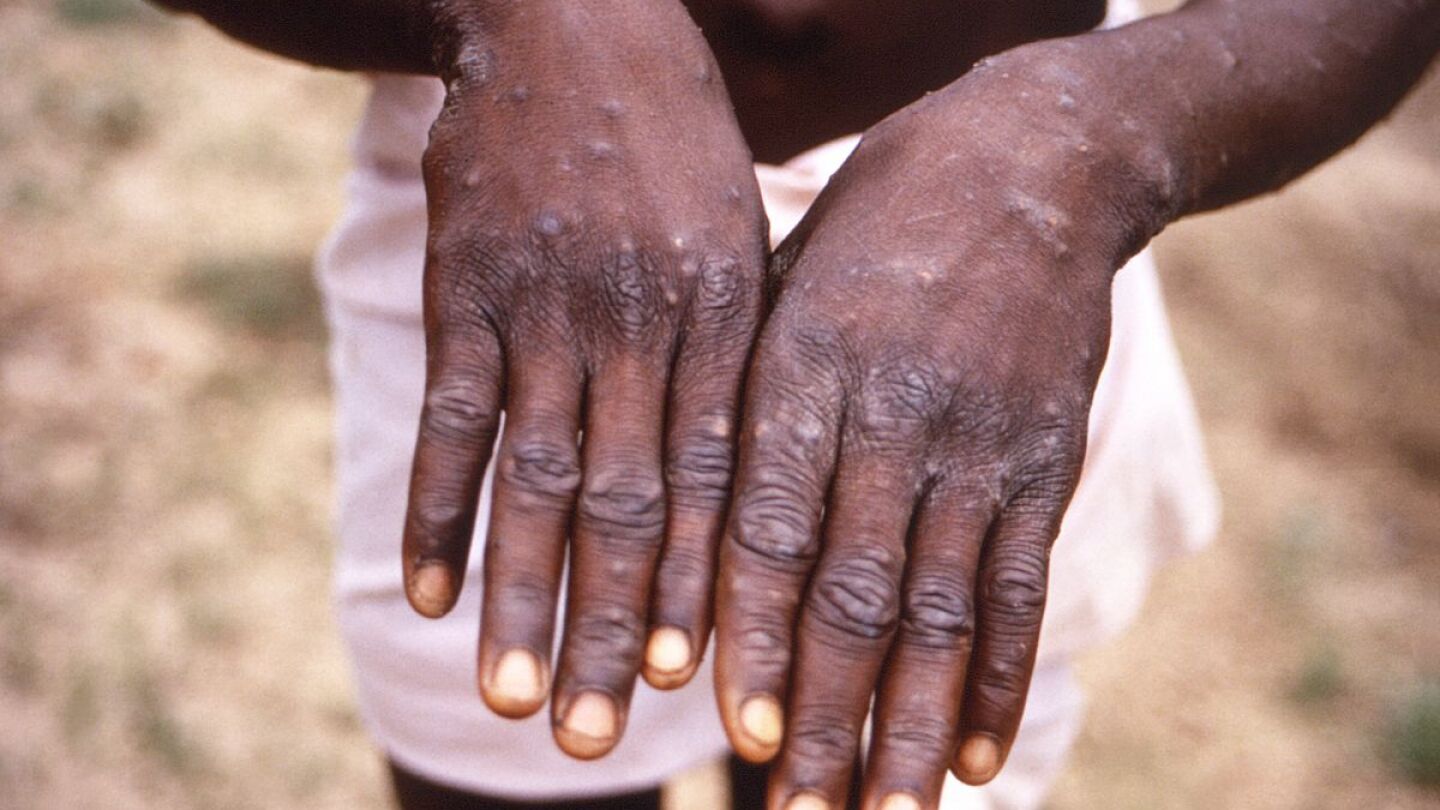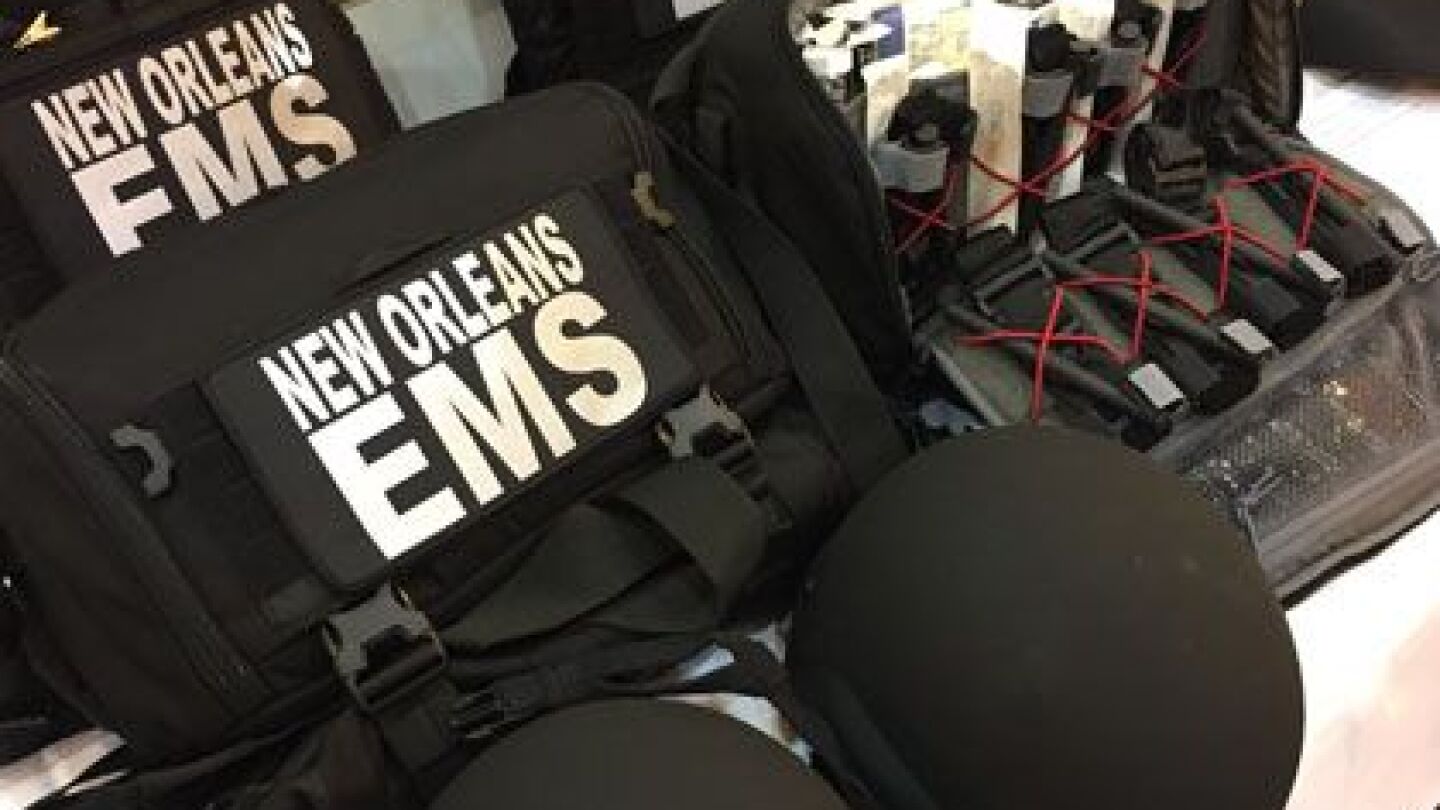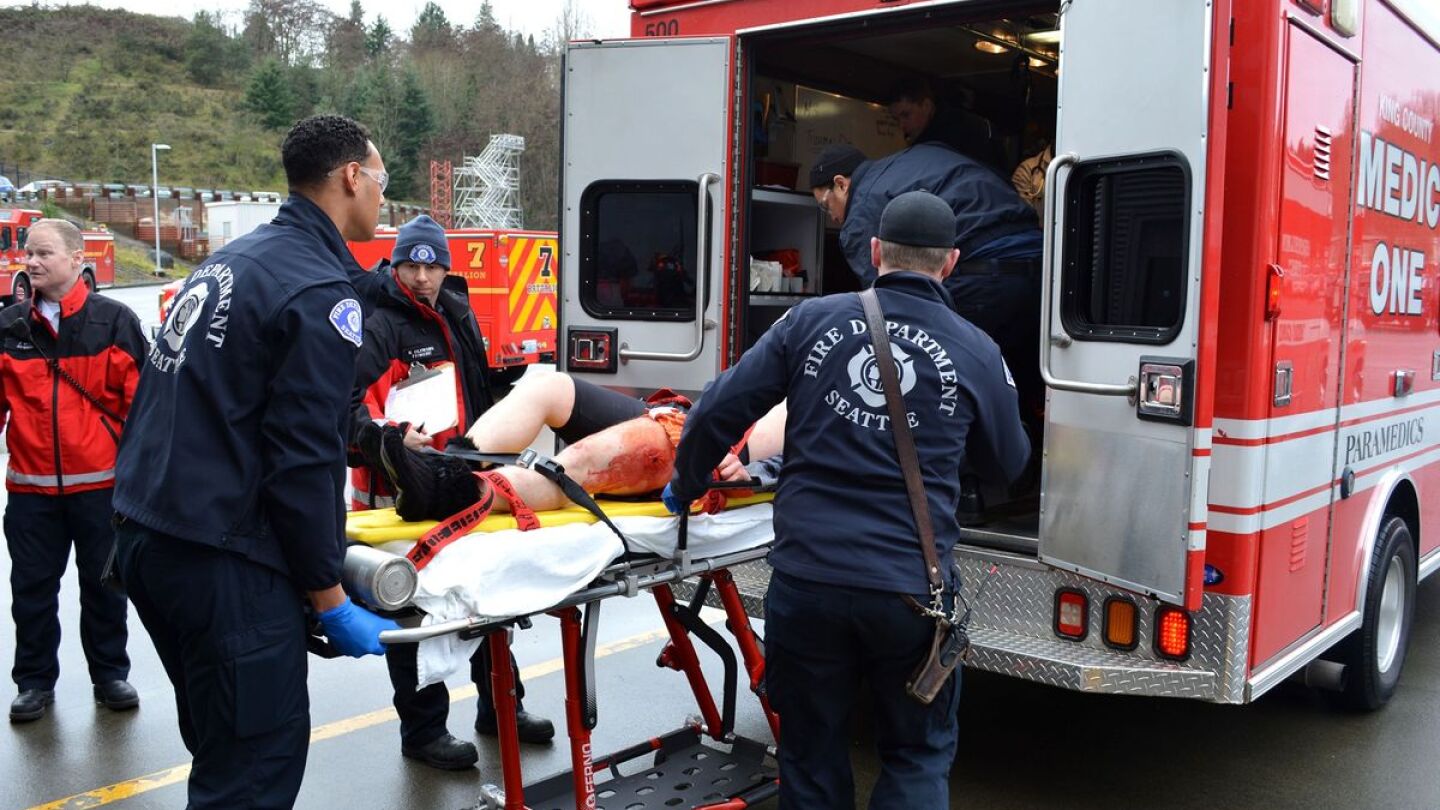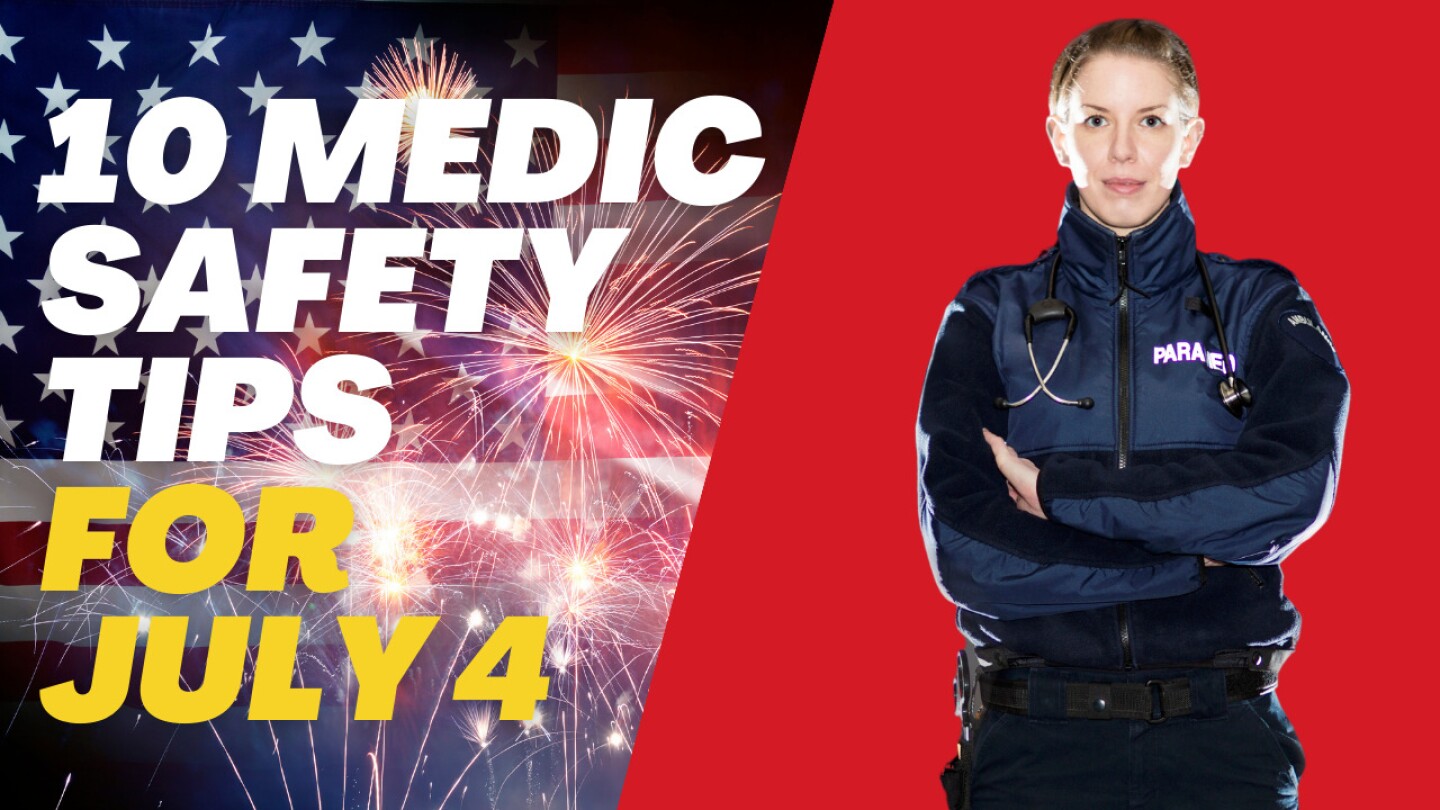Clinical
Access our directory of clinical articles in EMS, which offers in-depth information on patient assessment, treatment protocols, and emerging medical practices. This collection covers various clinical topics essential for EMS professionals, from advanced pharmacology to trauma management. Staying up-to-date with clinical knowledge is vital for delivering high-quality patient care. For additional resources, explore our section on Medical Research. Enhance your clinical expertise with our expert-driven content.
Make no mistake, every EMS provider in every state has a duty to perform a full and complete assessment on every living patient
Identifying and treating tension pneumothorax, a life-threatening condition that can occur with chest trauma
OPQRST is an important part of patient assessment and the start of a conversation with the patient about their pain complaint
Use the chronological approach to tell a vivid story about a patient encounter, the care provided and your competence as an EMS provider
It may not be poor brain integrity that is causing a lack of response to a sternum rub, but an inadequate length of time the sternum rub is applied
Because most EMS providers infrequently encounter sick pediatric patients, it is important to regularly refresh knowledge of anatomy, pathophysiology and life-saving treatments
Healthcare providers should be aware of mpox symptoms and how to properly treat patients
Fluid, dosing and airway considerations to prevent RV ischemia
Steve Whitehead shares how to assess that patient with weird, vague complaints
When you’re on an operation and you can only take what you can carry, what do you choose?
Applying the Hierarchy of Controls to the current U.S. H5N1 outbreak, bird and swine flus
This user-friendly resource aims to address a gap in PPE selection and enhance safety culture
Plum EMS use cases demonstrate when the risk of using L&S is lower than the risk of delaying a lifesaving intervention
Props and tricks can add creativity into your next airway management adventure during simulation or on the job
Steve Whitehead shares his thoughts on how to handle family members during a cardiac arrest
Products designed to make your job easier that you won’t regret purchasing or upgrading
Signs of PACS that will help you eliminate EKG rhythms to make your diagnosis
Understand how respiratory monitoring devices can be used to guide treatment during and after seizures
How Cushing’s Triad and the mechanism of injury help distinguish increased intracranial pressure from shock
As the population ages and healthcare needs surge, EMS is evolving beyond emergencies to provide critical support through body cavity access devices and expanded care procedures
Follow these steps to facilitate a successful outcome for dealing with emergencies involving kids
An initial visual assessment can identify threats to you and your patient before you narrow down a differential diagnosis
Go back to the basics with a thorough understanding of pediatric appearance, breathing and circulation warning signs, and the cardinal rule of pediatric assessment
Any EMS provider can improve their patient care and assessment by thinking like a remote-area medic
Steve Whitehead wants you to consider this one thing before pulling out the plastic tubes
The Independence Day holiday can increase the number of intoxicated patients and bystanders you’re likely to encounter on your shift so be careful out there
How do we recognize and treat hyperkalemia in the prehospital setting?
Learn how to separate atrial activity from ventricular activity when interpreting a rhythm strip and the atrial flutter waves will stand out
From where to begin, to last-resort options: Tips and tricks I’ve picked up during hundreds of pediatric IV placements
Understand why blood pressure and heart rate may not be a good early indicator of a hypovolemic shock state
A review of shock stages, signs and symptoms and treatments for the EMT or paramedic student
Waveform capnography provides real-time feedback that BLS providers can use to make treatment decisions and improve care
To make an effective splint, focus on the craft rather than focusing on the device

































